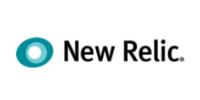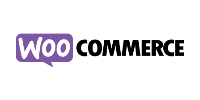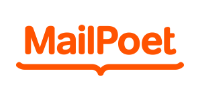Protect Your WordPress Sites with Enterprise Security
Multi-layered protection with server-level security, WAF, and real-time threat monitoring.
- ✓ Advanced server security solution
- ✓ WordPress-specific Web Application Firewall
- ✓ Premium spam filtering included
- ✓ Automated security hardening

Frequently Asked Questions
We implement multiple layers of enterprise-grade security including server-level firewalls, Web Application Firewall (WAF), real-time threat monitoring, and automated malware scanning. All sites are protected by SSL certificates, and we maintain secure off-site backups with instant restoration capability. Our proactive approach stops most threats before they can impact your sites, while our security team responds immediately to any detected issues.
While clients can update manually, we take full responsibility for all updates through our proven process. We remotely monitor all sites, carefully review changelogs, and test updates before deployment. Our system automatically checks for post-update issues, and if any problems occur, we can instantly roll back to the previous stable version. This means your sites stay secure without the risk of update-related downtime.
We implement strict user access controls to protect your sites from internal and external threats. Using our premium User Role Editor Pro license (included free), we create custom roles that give your team exactly the access they need - no more, no less. We actively monitor administrator activities and prevent the creation of unnecessary admin accounts that could compromise security.
We use WP Activity Log to monitor every action on your sites in real-time. We receive instant alerts about critical changes, security events, and system updates. The comprehensive logging system tracks user activities, content modifications, and system changes with detailed information including timestamps and IP addresses. All logs are searchable and can generate custom reports, giving you complete visibility into your sites' security and user activities.
We maintain multiple secure backups of your sites, stored in geographically separate locations for maximum redundancy. Our system creates automatic daily backups, with instant restoration available if needed. Before any major updates or changes, we also create additional backup points. This means your client sites are always protected against data loss, with near-instant recovery options available 24/7.
Our security team provides 24/7 emergency response for security incidents. If a breach is detected, we immediately isolate the affected site, clean any malware, patch vulnerabilities, and restore from clean backups if necessary - all at no additional cost. You'll receive real-time updates throughout the process, ensuring complete transparency during incident response.










